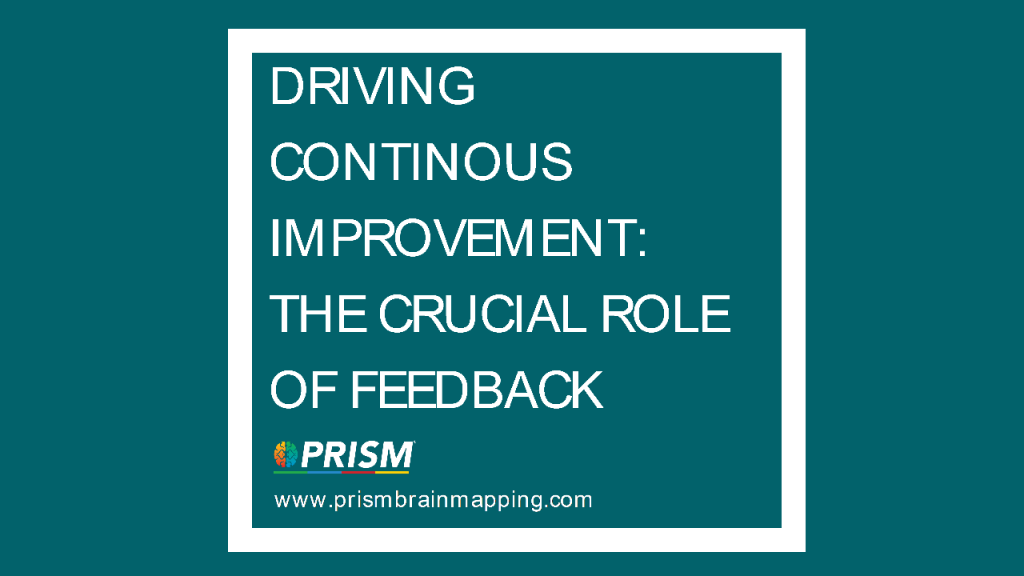Let’s start with something really obvious –
Employees want to know how well they perform in their roles.
Simple and obvious but not so easy to achieve.
Successful organisations strive to evaluate and guide their employees toward constant improvement, but a standard performance review system can sometimes be inadequate. In the landscape of professional development, the significance of feedback cannot be overstated. Among the array of resources available, 360° Feedback stands out as an invaluable asset for helping employee growth and fostering a thriving workplace culture.

What Is 360° Feedback?
The process of 360° Feedback involves getting feedback on an employee from a range of people who they work with; typically, an employee would receive feedback only from their manager, however 360° Feedback expands that thinking.
The purpose of 360° Feedback is to make employee evaluations as comprehensive as possible by gathering a variety of perspectives. This provides a more complete picture of individual performance that can be achieved by feedback from one person alone.
This well-rounded view comes from a selection of observers which usually includes: managers, peers, direct reports, clients and stakeholders. When these views are compared to the employee’s self-assessment this provides a rich tapestry of information which can be used to target appropriate change and form part of a focused personal development plan.
Why Use 360° Feedback?

360° Feedback is one of the most wildly used performance evaluation models by companies because:
- It is an agile process designed to fit with the organisational goals.
- It is fair, constructive, and promotes self-evaluation.
- It offers a broad prospective on an employee’s strengths and opportunities.
There are numerous benefits to using 360° Feedback, many which derive from its scope and anonymity. You can use this method to gather a lot of information from various individuals, all of whom are going to have different relationships with the individual in question. The fact that they are also sorted into observer groups is useful because it can help you determine someone’s behaviour in different scenarios.
For instance, an individual might be difficult to work with regarding their colleagues, but receive positive feedback from those whom they supervise. This can alert you to specific areas that would benefit from improvement. By gathering feedback from many sources, it’s also far less likely to be unfair due to personal bias. If you employ this method frequently, it can also help with team cohesion and accountability, as everyone knows that they might soon undergo the same review process. It can also be good for motivation, as 360° Feedback also allows you to offer praise to the individual in question.
The Disadvantages of 360° Feedback
There’s a lot of misunderstanding about 360° Feedback, which is unfortunate because it can be a powerful tool for people to improve their performance, particularly at the higher levels in an organisation.
The basic goal of 360° Feedback is simple: Collect feedback on an employee’s performance by gathering insights from multiple people who interact with this employee. However many companies avoid conducting a 360° Feedback because of its complexity, not surprising when you consider the volume of data that needs to be collected and sorted; for a busy internal team this can be an administrative nightmare.
This is where a proven 360° Feedback process such as that on offer from PRISM Brain Mapping can make a real difference.
PRISM 360°
PRISM 360° is a user-friendly, online system that enables you to conduct 360° Feedback with minimal effort and maximum impact. PRISM 360° provides a powerful, graphical report that is easy to understand, analyse and can be used to deliver feedback that really hits the mark.
Many 360° assessments tell you only what is, or is not, contributing to a person’s effectiveness, but the PRISM 360° also highlights WHY this may be happening. It gives the user insight about what is taking place beneath the surface. This difference puts PRISM 360° in a class of its own. PRISM is the only 360° profile that measures behavioural preferences, with options for Emotional Intelligence and Mental Toughness. The input system allows for up to 25 observers in 5 observer groups with a simple dashboard to monitor completion and allow automated prompts. PRISM 360° offers a selection of generic competencies, but users can also upload their own in-house competencies.

PRISM 360° has been around for decades and for good reason. It can help generate positive change within an organisation by focusing on career development of its leadership talent. If done properly, a 360° feedback can provide an accurate and well-rounded view of how others perceive an individual’s strengths and weaknesses. This information can then be leveraged to improve the areas most critical to their success.
At the organisational level, PRISM 360° can renew focus on goals and objectives, encourage constructive feedback, and clarify the roles of managers, leaders and all employees within the organisation. This facilitates an environment that encourages self-development, which can improve job satisfaction, minimising turnover and the costs associated with replacing employees.

